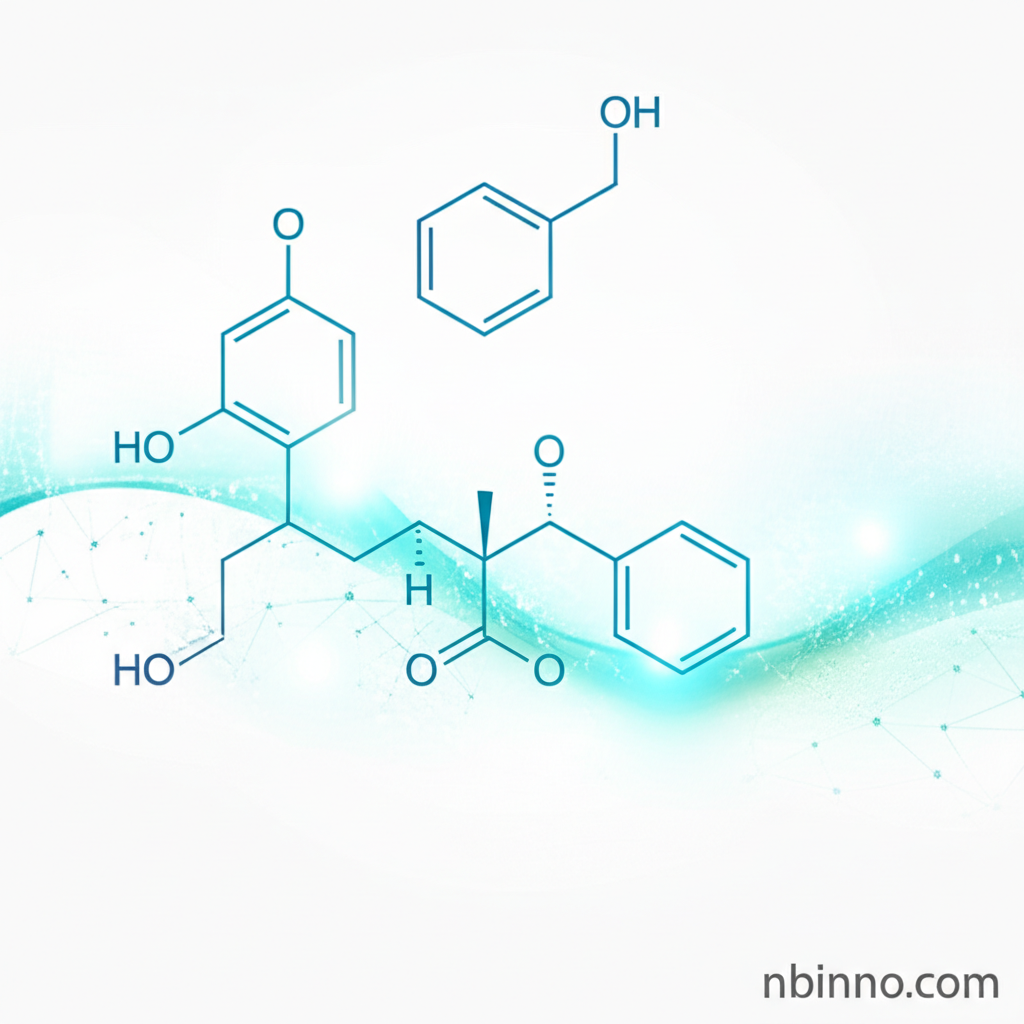Methyl 3-(bromomethyl)-4-chlorobenzoate: Your Key to Advanced Organic Synthesis
Discover the crucial properties, synthesis pathways, and diverse applications of Methyl 3-(bromomethyl)-4-chlorobenzoate (CAS: 220464-68-6). This essential chemical intermediate is a valuable asset for R&D and manufacturing in the pharmaceutical and agrochemical sectors. Learn why sourcing this compound from a reliable manufacturer in China ensures quality and cost-effectiveness.
Get a Quote & SampleUnlock Chemical Innovation with a Premier Intermediate

Methyl 3-(bromomethyl)-4-chlorobenzoate
As a leading supplier and manufacturer in China, we provide high-purity Methyl 3-(bromomethyl)-4-chlorobenzoate (CAS: 220464-68-6). This compound, with its molecular formula C9H8BrClO2 and molecular weight of 263.52 g/mol, is indispensable for intricate organic synthesis, particularly in the pharmaceutical and agrochemical industries. Partner with us to buy this critical building block with confidence.
- High Purity and Quality: Sourced from a trusted manufacturer for consistent results in your synthesis projects.
- Versatile Chemical Intermediate: Essential for creating complex organic molecules and new compounds.
- Key Reactivity: The bromomethyl group facilitates nucleophilic substitution and coupling reactions, vital for advanced synthesis.
- Cost-Effective Sourcing: Benefit from competitive pricing when you purchase from our China-based operations.
Key Advantages of Our Chemical Intermediate
Exceptional Reactivity Profile
Leverage the unique reactivity of Methyl 3-(bromomethyl)-4-chlorobenzoate. Its strategically positioned bromomethyl group makes it an ideal candidate for nucleophilic substitution and various coupling reactions, accelerating your research and development timelines.
Broad Application Spectrum
This compound serves as a vital building block in diverse organic synthesis routes. Whether developing novel pharmaceuticals or advanced agrochemicals, its structure offers significant advantages for molecule design. Explore how to buy this for your formulation needs.
Reliable Supply Chain
As a dedicated manufacturer and supplier, we ensure a stable and reliable supply of Methyl 3-(bromomethyl)-4-chlorobenzoate. Our commitment to quality control and efficient logistics guarantees you receive the materials you need, when you need them.
Applications Driving Chemical Innovation
Pharmaceutical Synthesis
Methyl 3-(bromomethyl)-4-chlorobenzoate is a critical intermediate in the synthesis of Active Pharmaceutical Ingredients (APIs) and complex drug molecules. Its specific structure is valuable for creating novel therapeutic agents.
Agrochemical Development
Used in the development of new pesticides and crop protection agents, this compound contributes to creating more effective and targeted agrochemical solutions.
Organic Chemistry Research
As a versatile building block, it finds extensive use in academic and industrial organic chemistry research for synthesizing various custom chemicals and exploring new reaction pathways.
Material Science Applications
Its functional groups allow for incorporation into novel materials, potentially influencing properties in areas like electronics or specialty polymers.
